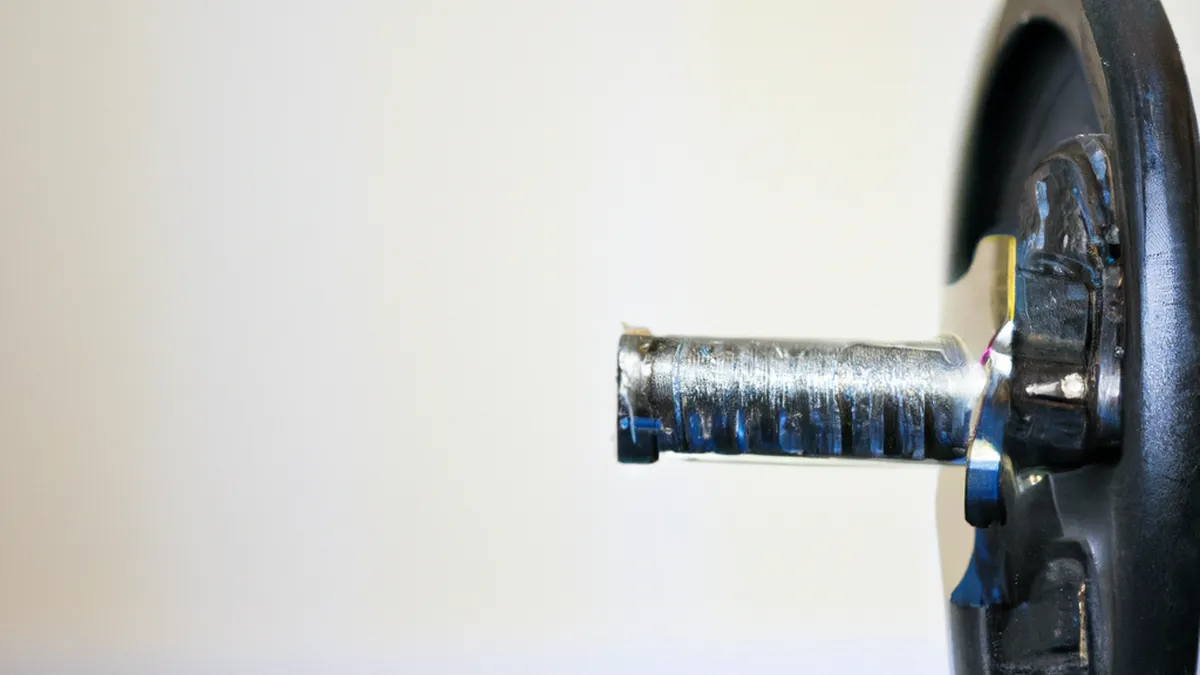Redefining Excellence in Sports Equipment
Evaluating the Impact of Equipment Advancements on Athlete Performance
As an Amazon Associate I earn from qualifying purchases.
Gear tip: consider standing desk balance board, desk cycle and insulated water bottle to support this workout.
Equipment significantly influences athlete performance in sports. Over time, technology has transformed athletic gear, changing how sports are played. Innovations like speed-enhancing running shoes and aerodynamic bicycles can profoundly affect outcomes. This blog explores how modern equipment impacts performance and offers insights into effective evaluation.
Understanding Equipment Advancements
Equipment advancements improve design, materials, and technology for better performance, safety, and comfort. Each sport has unique requirements that dictate equipment design. For example, elite marathoners wear different running shoes than sprinters, reflecting their events’ demands.
The Role of Materials
Materials in equipment have evolved dramatically. Lightweight materials like carbon fiber and advanced polymers now dominate sports gear. In cycling, carbon fiber frames reduce weight significantly compared to aluminum or steel. This change allows cyclists to accelerate faster and climb hills more easily.
In running, shoe technology has revolutionized with responsive cushioning systems. Brands like Nike, Adidas, and Asics create technologies that enhance cushioning and energy return. Runners experience less fatigue over long distances and maintain their pace better. Additionally, moisture-wicking fabrics keep athletes dry and comfortable, further improving performance.
Technological Innovations
Technology has transformed sports equipment, leading to smarter, more efficient gear. Wearable devices with sensors track metrics like heart rate, cadence, and running form. Athletes and coaches use this data to create personalized training regimens based on real-time metrics. A runner can analyze pace and stride length during training to improve efficiency and reduce injury risk.
Simulation technology also changes the game. Virtual reality (VR) and augmented reality (AR) provide immersive training experiences. Athletes can practice under realistic conditions without physical strain. For instance, basketball players can use VR to practice shooting in a virtual arena, enhancing skills and mental preparation for competitions.
Tips for Evaluating Equipment Impact
When assessing equipment’s impact on performance, consider multiple factors. Here are key tips for effective evaluation:
Analyze Performance Metrics
Start by analyzing relevant performance metrics. Marathon runners can track finishing times and distances, while cyclists may focus on average speed and power output. Compare results from competitions or training sessions before and after adopting new equipment to gauge effectiveness.
Conclusion
In conclusion, advancements in equipment significantly enhance athlete performance. Understanding these changes can lead to improved training and competition outcomes.
Below are related products based on this post:
FAQ
How do advancements in materials impact athlete performance?
Advancements in materials, such as the use of lightweight carbon fiber and advanced polymers, have dramatically improved sports gear. For example, in cycling, carbon fiber frames reduce weight compared to traditional materials like aluminum or steel, allowing athletes to accelerate faster and climb hills more easily. In running, innovations in shoe technology enhance cushioning and energy return, helping runners experience less fatigue over long distances.
What role do technological innovations play in evaluating athlete performance?
Technological innovations, such as wearable devices with sensors, allow athletes and coaches to track essential metrics like heart rate and running form. This data helps create personalized training regimens and enables athletes to analyze their performance in real-time, ultimately improving efficiency and reducing the risk of injury. Simulation technologies like virtual and augmented reality also provide immersive training experiences that enhance skills and mental preparation.
What are some effective tips for evaluating the impact of new equipment on performance?
To effectively evaluate the impact of new equipment on performance, start by analyzing relevant performance metrics specific to the sport, such as finishing times for runners or average speed for cyclists. Comparing results from competitions or training sessions before and after adopting new equipment can provide clear insights into its effectiveness and impact on performance outcomes.















Post Comment